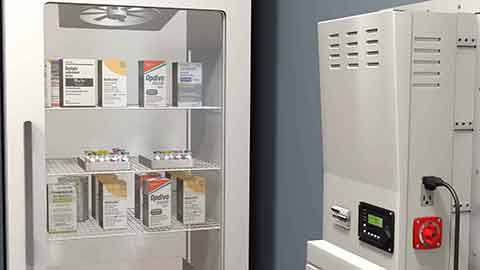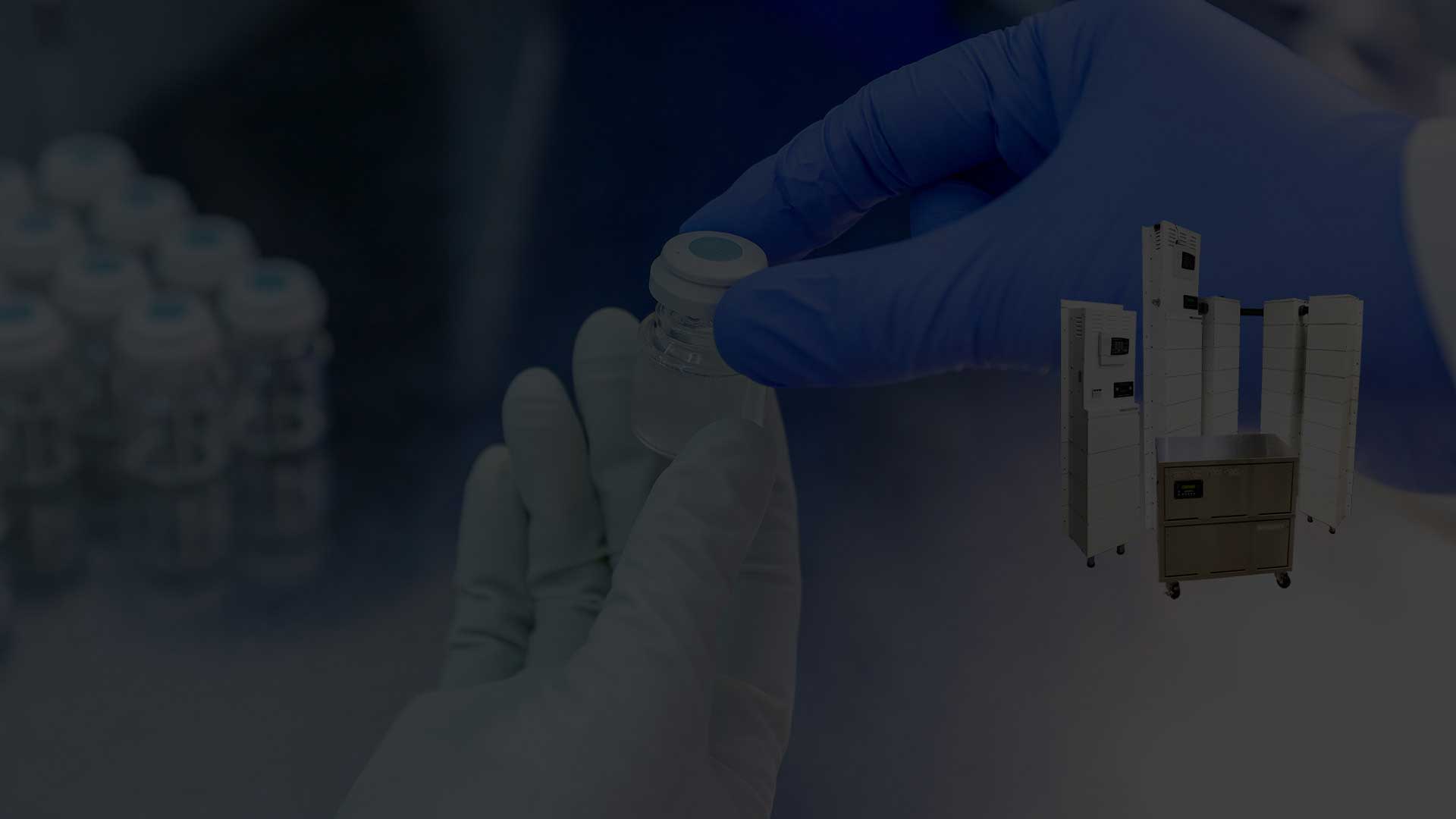Ensuring Quality Control Using Blood Temperature Indicators
Using blood temperature indicators helps maintain the quality of blood samples and keeps them in a closed cold chain. UNICEF United Nations International Children's Emergency Fund defines a cold chain as a series of precisely coordinated events in temperature-controlled environments to store, manage and transport life-saving products like vaccines, medications, and blood. For this article, we will focus on blood products. These products need to be stored at a specific temperature from donation to transfusion.
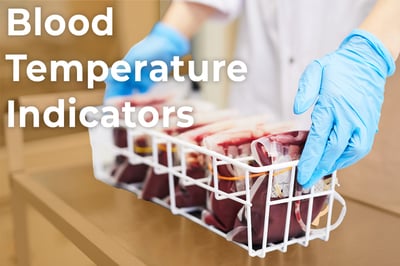
However, there are some instances in which blood bags checked out of the blood bank run to surplus and need to be returned. In situations like this, it is important to go beyond cold chain management. Make sure unused blood products return safely to the blood bank. However, this can only happen if they haven't gone over the temperature limits, even during transport.
To safely return unused blood products, a reliable temperature monitoring system is necessary. Hence the need for a closed cold chain. This article discusses what you need to know about using blood temperature indicators to ensure blood quality control.
Let Us Assist You With Your Backup Power Needs!
Request An AssessmentBlood and its Various Components
Blood comprises red blood cells, white blood cells, platelets, and plasma. Usually, it is collected as whole blood, separated into major components, and then given to patients who need it.
But now, because of technology, we can separate blood into different parts when we collect it. Automated apheresis makes it possible to collect blood from a donor and separate it into different components. The remaining blood is then returned to the donor.
The US government controls how blood and its parts are collected, tested, stored, and transported. They do this with FDA regulations and guidance documents. The AABB works with the FDA to make sure blood collection and transfusion are safe and effective. This includes having enough safe blood available.
The 'blood cold chain' is used to store and transport blood and blood components. It keeps them at the right temperature from collection to administration. Any disruption to this cold chain can result in danger for the recipients of the blood products.
Storage Temperature for Whole Blood and Red Blood Cells
Red blood cells and whole blood must always be stored between 2oC and 6oC in a blood bank refrigerator. These special refrigerators have built-in devices that monitor and sound an alarm if the temperature goes off. Staff will be alerted. They also come with cooling fans to ensure an even distribution of cold air throughout the unit.
The above temperature range is vital for maintaining the oxygen-carrying ability of blood. The upper limit of 6oC is essential for minimizing the risks of bacterial contamination in the blood units. On the other hand, the lower limit of 2oC is required to prevent the hemolysis of red blood cells.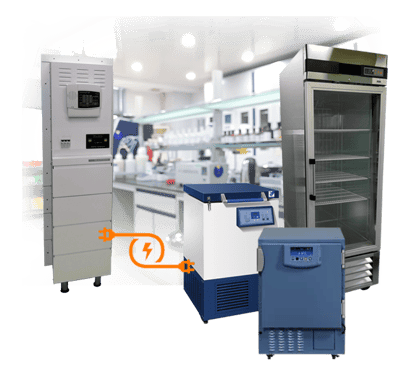
Therefore, it is crucial to prevent them from freezing. Haemolysed cells can lead to kidney failure and dangerous bleeding if used in transfusions. However, some other blood products can exist outside this temperature range, so it behooves you to know what works for your facility.
Blood and red cells from the blood bank must be transported in insulated carriers to keep them cool. If the room temperature is over 25oC, the carriers need to maintain a temperature below 10oC. This ensures the blood can be transfused within 30 minutes.
Furthermore, if the blood product will not be used within 30 minutes of release from the blood bank, it must be sent back to the bank immediately. A blood temperature indicator is crucial for monitoring the core temperature of the blood bag during these transitions.
What You Need to Know About a Blood Temperature Indicator
During transport, it's important to maintain the right temperature for blood bags. A blood temperature indicator helps ensure blood safety and quality. The temperature indicators are attached to the blood bags. They show the bags' core temperatures visually.
When the indicators are attached and activated, they turn a specific color. Some turn blue, and some turn white. Once activated, the indicators start monitoring the blood bag's temperature. When a critical temperature limit is exceeded, the indicators irreversibly change color.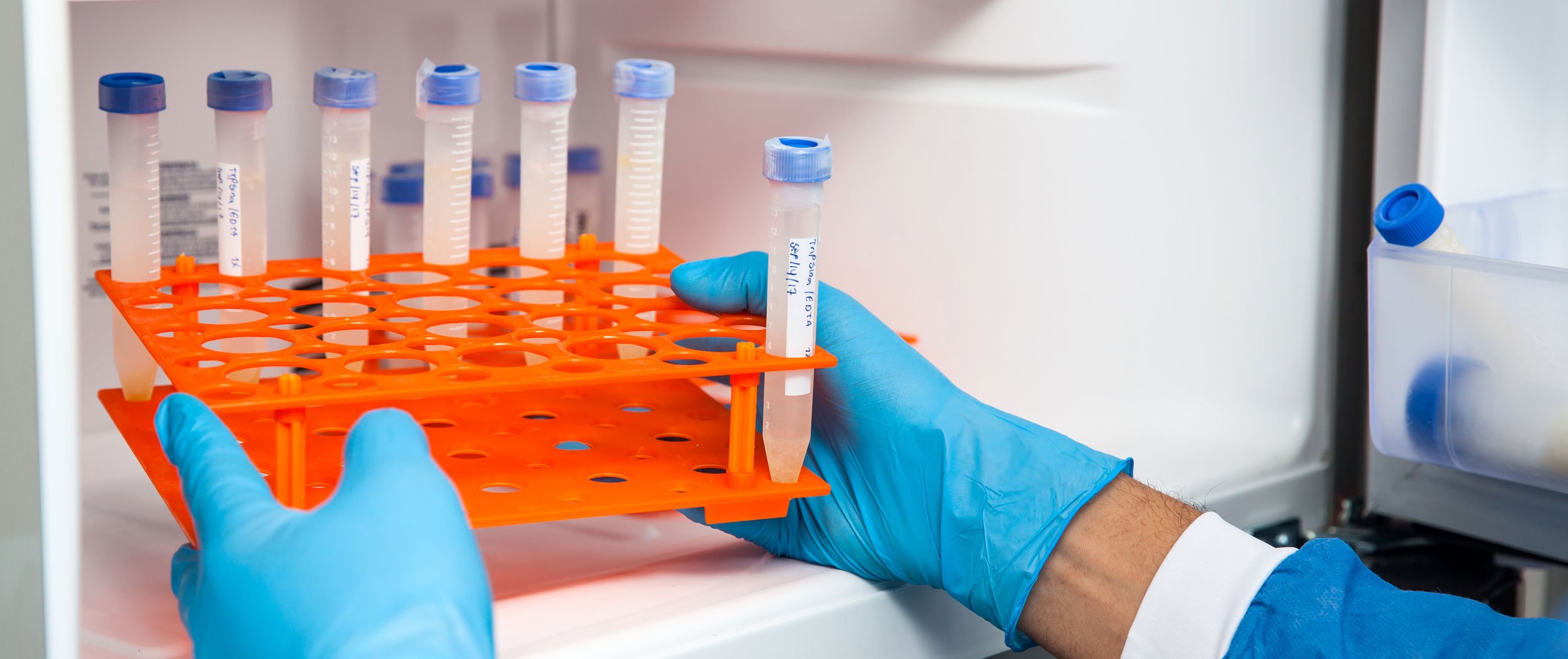
For example, an indicator with an initial blue color will turn orange, while one with an initial white color will turn blue. If the indicators retain their initial colors, the blood can be returned to storage and used at a later time. Thus, you only need to discard surplus blood if the indicators change color.
Blood temperature indicators are non-reversible. They will show a higher temperature even if it returns to lower. Thus, it does not reverse once a color change has occurred. If the blood bag indicator is a safe color, you can be confident that the blood is safe for patients.
Certain blood temperature indicators can measure up to 6oC. They change colors when the core temperature reaches this point. However, others measure up to 10oC, so your choice will depend on the type of blood product you are carrying and the upper limit you are working with.
Let Us Assist You With Your Backup Power Needs!
Blood Temperature Indicators and the Closed Chain Cycle
We create a closed chain cycle by continuously monitoring the blood bag temperature. This is done from the time it is picked up at the blood bank to when it is transfused at the site, and if there is an excess, back to the blood bank.
By closing the cold chain cycle of the blood bag supply, it becomes possible to use blood that would have been otherwise discarded. However, this is only possible if the cold chain was kept intact and the blood temperature never reached a critical level.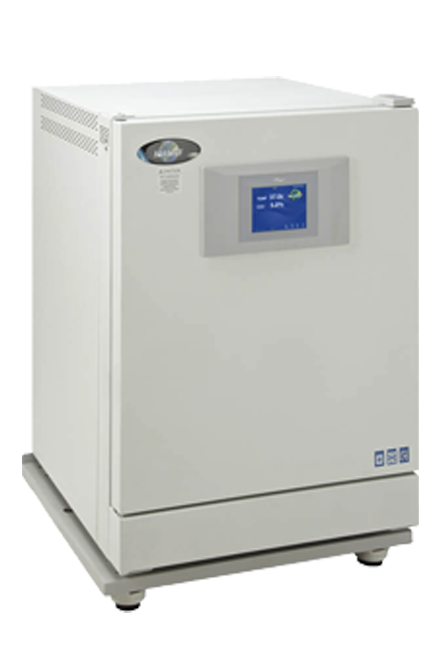
We monitor blood temperature from storage to distribution and back again. This keeps blood quality high and ensures efficient use of donations
However, in the event the power goes out, the clock starts and temperatures begin to rise.
Plus, if your lab or storage room is truly tight on space, a Battery backup system offers compact size and sealed batteries allow for installation in small spaces and flexible positioning. Meaning now matter how crowded your blood sample or storage room is, you can ensure you'll be protcted.
No matter what system you choose, they make sure your inventory stays safe. They guarantee a smooth switch from regular power to backup power, so you won't have to worry about losing power suddenly and risk any temperature excursions.
And for Facilities who perform outpatient or mobile blood collection, battery power instantly engages, keeping your operations going with zero downtime due to their advanced battery technology.
Even better, is that battery generators can be outfitted with as much power as you want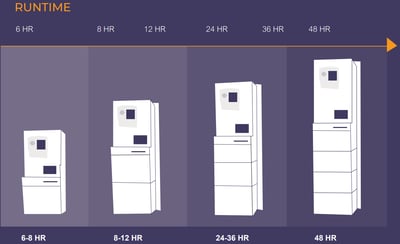
- Overnight
- All day
- Over a weekend
- Or even for a whole week.
So, to protect your facility from tens of thousands of dollars in lost inventory speak to a Medi-Products battery backup expert.
They’ll help design you a system that both meets your power needs and will fit inside your facility—for a much lower cost than what your vaccines are worth.
Designing a system for you is as easy as taking a picture of your appliance’s nameplate, and a photo of the room where it’s in.
Then, you just email both photos to our Product experts, and we’ll provide you with multiple options for backup power protection.
For more information contact: 1.800.7653237

